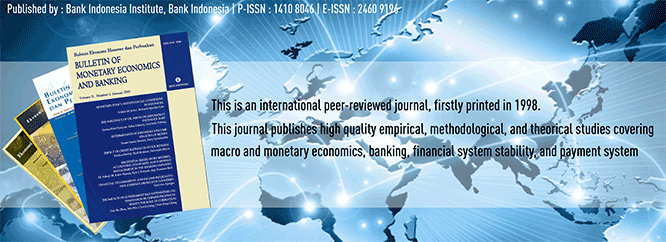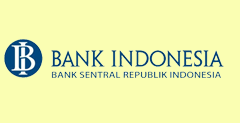
Document Type
Article
Abstract
The disintermediation of Indonesian banking is probably due to the high level of the real sector risk. This paper analyzes the profile and the dynamics of this sectoral risk established from the median of individual firm's default risks. We measure the firm's default risk with the KMV’s Expected Default Frequency (EDF). The data shows a high correlation coefficient among the sectoral risk, and through the generalized impulse response, the interrelation of the sectoral risk is revealed.The macroeconomic variables also affect the sectoral risk. The positive shock of the BI rate, the nominal exchange rate or the inflation, causes an increase of the sectoral risk. On the other hand, a positive shock of the economic growth causes a decrease on the sectoral risk.Keywords: Sectoral risk, default risk, probability to defaultJEL Classification: G30, G33
Recommended Citation
Widodo, Priyo Rokhadi and Tarsidin, Tarsidin
(2007)
"PENGARUH EKONOMI MAKRO TERHADAP RISIKO SEKTORAL DI INDONESIA,"
Bulletin of Monetary Economics and Banking: Vol. 10:
No.
2, Article 4.
DOI: https://doi.org/10.21098/bemp.v10i2.220
Available at:
https://bulletin.bmeb-bi.org/bmeb/vol10/iss2/4
First Page
91
Last Page
122
Creative Commons License

This work is licensed under a Creative Commons Attribution-NonCommercial 4.0 International License
Country
Indonesia
Affiliation
Bank Indonesia







